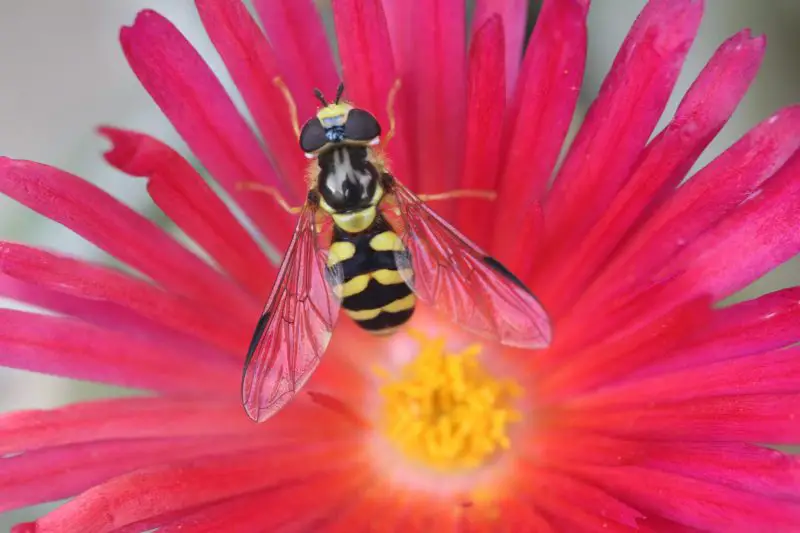Finding an unwanted bug in your home or house might be aggravating, but few insects elicit the same level of anxiety as wasps. Wasps are abundant, with over 30,000 species found on seven continents, and their painful stings can cause a variety of health concerns, ranging from discomfort at the sting site to anaphylaxis in people who are allergic to wasp venom.

This summer, though, it’s not only bad luck if you notice an uptick in wasp activity on your property—or even inside your home. Read on to see what exterminators and entomologists believe is luring wasps to your yard.
1. Fruit Trees:
Those fruit-bearing plants on your property may offer you nutritious goodies on a routine basis, but they may also serve as a haven for wasps.
You undoubtedly have a wasp problem if you have a fruit tree. Human meals, particularly sugary foods, attract wasps and other biting insects. While you might not want to clear cut your property to keep wasps away, picking up rotting fruit as it falls to the ground and placing it in lidded garbage cans or compost bins can assist.
2. Bright Color Flowers:
Those brightly colored flowers on your lawn are attractive not only to you but also to the local wasp population.
Wasps are attracted to bright-colored flowers,” says entomologist Alice Sinia, a quality control manager at Orkin Canada. “Any plant with colorful floral prints in the garden or backyard will attract wasps.” “Wasps will also be attracted to bright floral patterned garments.
3. Untreated Wood:
The unpainted wood on your house gives it a rustic character, yet it could also be the source of your wasp problem.
Wasps will eat unpainted wood to obtain pulp for their nests. Decks, swing sets, and other untreated wood can all be attacked, according to Nancy Troyano, Ph.D., an Ehrlich Pest Control board-certified entomologist. By painting or coloring wood, you can remove these objects as an excellent raw material source for wasps,” says one expert.
4. Open Water Sources:
While getting some rainfall in your yard this summer may help keep your plants healthy, if you have standing water, wasps may not be far behind.
Wasps may be attracted to running faucets, fountains, ponds, pools, and other water features, according to Jordan Foster, a pest management expert at Fantastic Pest Control. Though your pool and water elements are unlikely to disappear, clearing up any other stagnant water on your property will help keep wasps at bay, according to Foster.
5. Outdoor Gatherings:
Uninvited guests wouldn’t be the only ones showing up at your summer cookout. Sweet drinks, meat, fruits, and sweet aromas from personal grooming like perfume and cologne, attract wasps, particularly yellow jackets. Banana-scented personal care products, according to the Centers for Disease Control and Prevention (CDC), are particularly appealing to wasps.
6. Open Trash Cans
Make sure your outdoor garbage cans are firmly closed, especially in summer, if you don’t want your backyard or home to become a wasp refuge.
These pollinators are looking for food, and they enjoy sweets like fruit, juices, and honey, as well as protein-rich foods like dairy products. Cans and composting pits should be covered at all times since leftover food attracts wasps.
7. Bugs Infestations:
To make matters worse, your home’s preexisting bug infestation may be inviting wasps to your property.
Wasps help reduce insect populations by eating bugs, which is one of their advantages. However, if wasps discover a plentiful supply of other insects in your home, they may build a nest “Mike Charles, the owner of Unified Pest Control, agrees.
Wasps can be attracted to preexisting holes or former houses of smaller animals or other small mammals. Wasps prefer to establish nests in shrubs, trees, and bushes, or underground. As previously indicated, many wasp species adopt houses or nests that have already been burrowed out or formed by other wasp or bee populations or smaller mammals. Wasp colonies are more likely to be found in sandy or barren soils.
Wasps use voids in walls wrapped in natural fibers like drywall or in damaged cars to create nests. Large holes in trees are another prominent wasp nesting site.










